Deportees in the wild. Who are animatronic robots (8 photos + 2 videos)
Animatronic animals. Sounds cool to say the least. They are made to observe animals in the wild. Who thought of this before and what kind of people there are now – we’ll tell you in more detail. 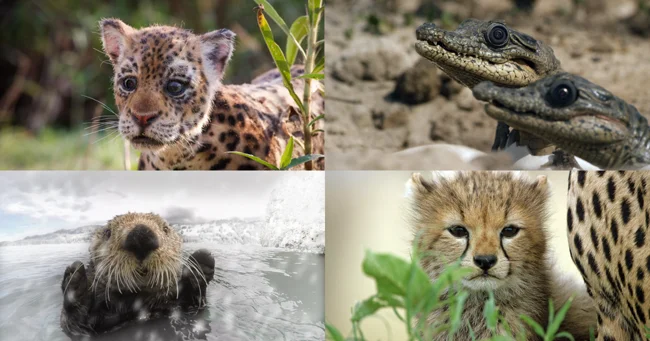
Producer John Downer first began using spy methods of observing nature in his show Spy In The Wild, which aired in the early 2000s. This show was the first time to film the life of a pride of lions from the inside. To do this, he hid a camera in an artificial rock, which moved while the animals did not see it. 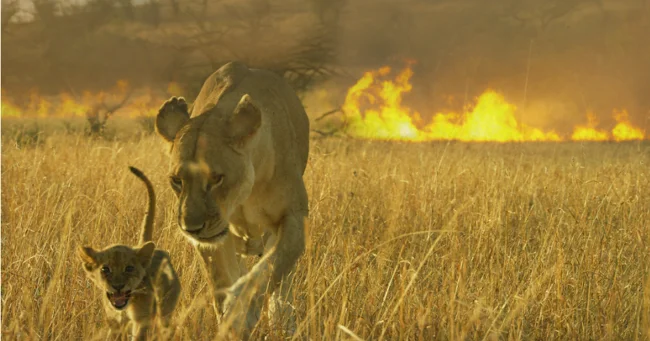
And in 2016, this idea grew into full-fledged animatronic animals. The show still exists today, and during its existence the team has created several dozen such robots.
The studio calls its animatronics “creatures at the intersection of zoology, robotics and art.” The “spies” move using remote control, and the cameras are equipped with infrared cameras that activate their movements when real animals approach. Cameras are built into the eyes of artificial animals. 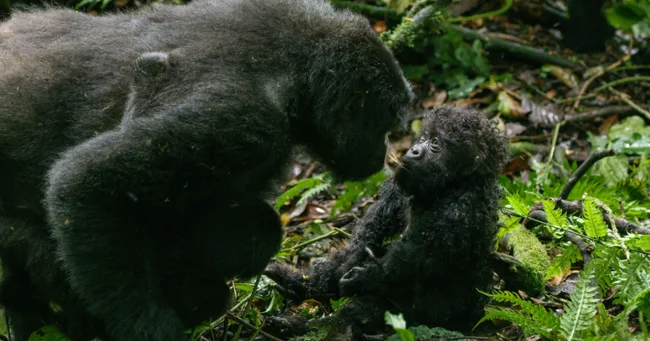
Moreover, each animal has a different number of moving parts. It all depends on their level of intelligence. For example, a wild dog has 24 moving parts, and an orangutan has 30 parts in its head alone.
The company's first spy was a meerkat. But it turned out that there were difficulties here: meerkats are animals that are extremely attached to their territory, and therefore, at the sight of a robot that smells like a stranger, they began to show aggression. Therefore, it was necessary to modify the robot in its natural environment: droppings from a specific group of animals were rubbed into the fur, and as a result, the animatronic was accepted as one’s own.
Each robot takes an average of six months to prepare. For example, crocodiles are guided by movements and cries, and therefore we had to make a baby robot that could fool its adult “relatives.”
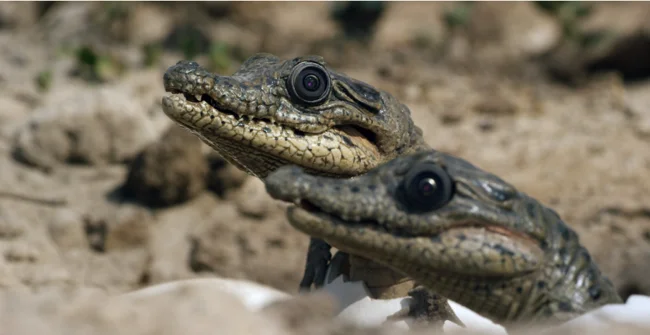
At the same time, the creators set themselves the main goal of making the devices as realistic as possible. But the most important thing is the reaction of animals that encounter robots. And if a person immediately recognizes a sent Cossack, then the same animals may not understand that there is a spy among them.
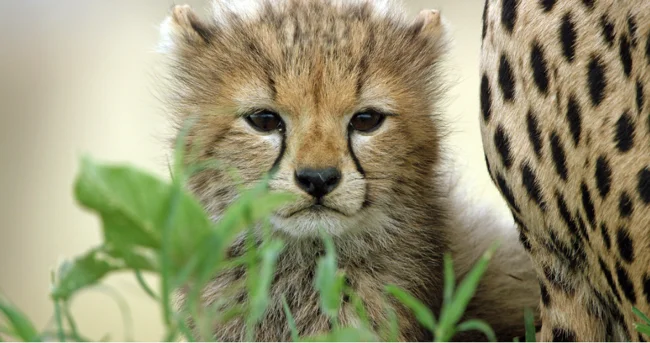
Spies gives Spy In The Wild operators unprecedented access to wild animals in their natural habitats. A person or regular installed cameras would never be able to achieve such an effect. The fun begins when the animals begin to interact with the animatronics, leading to bizarre results.
Show creator John Downer said during filming of the first season: “We immediately realized that our spies were not only filming, but also causing reactions in animals that gave reason to think. A certain connection appears between the real animal and the robot animal - something you never get with other filming. And sometimes events develop in ways you would never expect.”
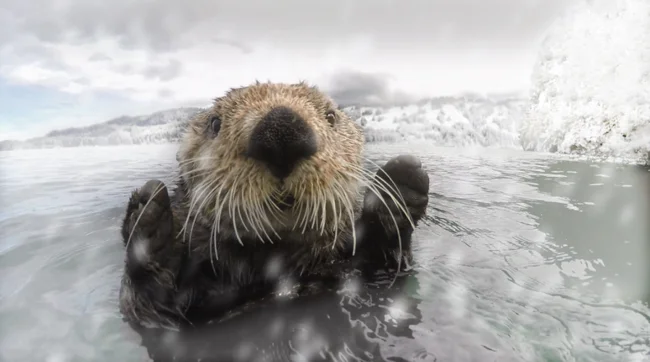
Previously, the company created a spy crab that took the Internet by storm. His equipment was placed in the abdominal pouch, where females carry eggs. And thanks to its very realistic appearance, the crab easily joined the population of its living relatives.
One day, however, he was almost identified - the male crab showed interest in his fellow crab, but later fell behind him, and the spy crab continued his work.
The latest experience for the company is jaguar and kaymak, who photograph the views and fauna of Brazil for Downer’s company. And if the company’s first experiments were purely puppet-like, then the jaguar cub is very similar to the real thing.
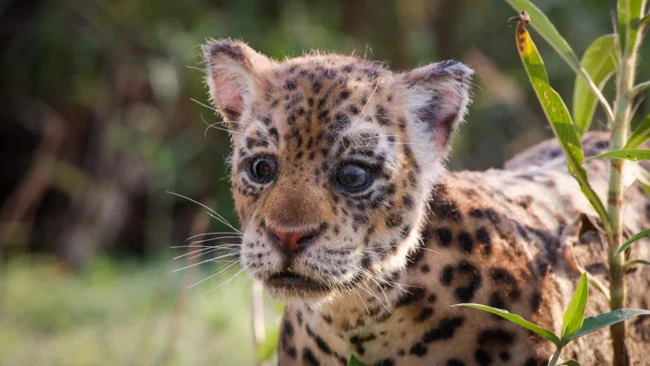
Now the company continues to work on creating realistic robots, and filming is ongoing. Some of the animals reveal the deception and do not pay attention to the spy, while others believe and mourn their death or try to start an affair. In any case, robots allow us to look at the lives of animals in a different way, in a way that would not be possible without them.
